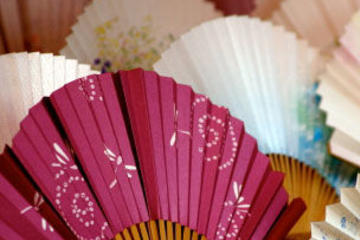|
Fushimi Inari Taisha Address |
68 Fukakusa Yabunouchicho, Fushimi Ward, Kyoto, 612-0882, Japan (Japanse Address - 伏見区深草藪之内町68) |
|
Fushimi Inari Taisha Admission and Hours |
Fushimi Inari Shrine Admission : Free Fushimi Inari Shrine Hours : Open: Dawn to Dusk (Daily) |
|
Getting to Fushimi Inari Shrine in Kyoto |
From JR Kyoto station to Fushimi Inari Taisha : - Take JR Nara line to Inari Station - Exit Inari Station - Fushimi Inari Taisha Shrine is just across the road to Inari station main exit |
|
Recommendation and Tips for visiting Fushimi Inari Taisha |
•This is an active Shrine and many Japanese come to pray so please be respectful when visiting. • A convenience store is located just opposite the main gate of Shrine next to Inari Station. |
|
Website |
Visit the Fushimi Inari Taisha Website for tourist information |
 | Kyoto Morning Tour: Kyoto Imperial Palace, Golden Pavilion, Nijo Castle - $66.00 Soak up temple and palace sights on this half-day guided city tour, great for those who want to see Kyoto’s top attractions in a short time. Travel by coach in the morning and visit UNESCO-listed Nijo Castle and the gold-covered Kinkakuji Temple (Golden Pavilion) with an informative guide. Then wander through the Kyoto Imperial Palace — home to the emperor until 1868 — and see how royalty lived. |




